MAITUM, Sarangani (May 8, 2009) – Long after the National Museum excavated a cave in barangay Pinol, the archaeological discovery was never heard among locals and no media report came out about it. In 1996, Sarangani information officer Serafin Ramos Jr. got a tip from a friend in the Moro National Liberation Front. This is his story released in October 1996.
The peace agreement between the government and the Moro National Liberation Front (MNLF) may not bring immediate peace to Mindanao but it brings hope that further studies on anthropomorphic potteries associated with the Metal Age in the Philippines (circa 500 B.C. to 500 A.D.) can now be made where they were found in Ayub Cave, barangay Pinol in Maitum, Sarangani.
Villagers found the cave in 1991 while searching for birds’ nest, a delicacy. (It is said that birds gather seaweeds for their nest in the coastal village, using their saliva to clump the weeds).
Instead, they unearthed a national treasure--hundreds of pottery, many of them designed and shaped like humans, some with heads and breasts.
“No one dared touch them because they were afraid,” said Hadji Ayub Mindog, who owns the land where the cave is. Mindog has been MNLF vice chair for military affairs in the area since 1972. The village has been under MNLF control since.
Ayub recalls that among the other things found inside the cave was an earthenware table; on top of which were arrows pointing at various directions. The table and most of the potteries were destroyed or buried during an earthquake, he says.
The cave is a stone’s throw from the village proper, near a mosque. One has to pass through thick shrubbery and climb about two meters on an 80-degree slope to reach it.
The mouth of the cave, where shards of pottery are still scattered, is two meters high and three meters wide.
Its insides are now flooded. Villagers say it is difficult to pump out the water.
Ayub recalls that when the potteries were removed, human bones and skulls were also discovered.
“We retrieved so many skeletal remains, I think about three sacks,” he said. Some were brought to Manila while the others were buried elsewhere outside the cave.
Villagers claim the skulls and bones were smaller than today’s humans.
Dr. Eusebio Dizon, museum curator 1 of the Archaeology Division of the National Museum, said a paper presented at the 14th National Conference on Local and National History in 1993 that the Ayub Artifacts were “made of earthenware potteries designed and formed like human figures with complete facial expressions.”
The potteries “were used as covers for secondary and/or multiple burial jars and can be associated to the Metal Age in the Philippines, circa 500BC to AD 500,” Dizon said. “These artifacts may have been our material evidence of the backbone of the Maguindanao prehistory and of the course, the Filipino people in general.”
Dizon reported having seen at the site at least 25 pieces of restorable anthropomorphic potteries in the collection of the villagers.
“What is important to realize is the significance of these fine cultural materials which are a product of human behavior, and forming a tradition in their own right that can be compared to the rest of other burial practices in the world,” he said.
“The depiction of human faces and figures in earthenware medium itself has been a great tradition by the people who produced these artifacts for their generations, and for us to discover. This is a wealth of culture traditions which has been lost through the years, perhaps hundreds or millennia of centuries ago.”
Dizon could not say whether the people who utilized these anthropomorphic urn burial practices are related to any of the remaining populace in the area.
“In order to validate population genetic continuity between the prehistoric people and the present generation, a DNA test should be conducted on the skeletal remains and the result of which can be compared with samples taken from the present population in the area,” he said.
“What is certain though, is that these noteworthy cultural remains were discovered and archeologically excavated in the Maguindanao area. The Filipino people must work hard in order to reconstruct their origins as a people whose basis lies in their archaeological past,” Dizon said.
One villager showed in his collection of three pots. Another brought out a sack and showed his, shaped like a human head.
“That must have been how the ancient people looked like,” Ayub said. He still has two pots and one head-form at home. Archaeologists from the National Museum had convinced him to bring the items to Manila for reconstruction. He claims to have brought over 300 artifacts.
Today, he wants the items back, claiming that the National Museum promised to return them after reconstruction. “Until now, I have not received a letter from the Museum,” he said.
Ayub plans to display the artifacts in the proposed provincial museum or return them to the cave, “So it will be a tourist spot in Sarangani.”
National treasures, however, must be preserved and studied to better understand our glorious past.
The cave, guarded in the past by the MNLF, must continue to be secured against thieves.
Maybe this time, a joint team on MNLF and government troopers can stand guard by the cave while archeologists work undisturbed. (SARANGANI INFORMATION OFFICE)
Thursday, May 7, 2009
Subscribe to:
Post Comments (Atom)




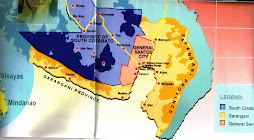

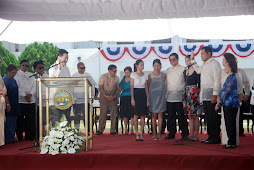
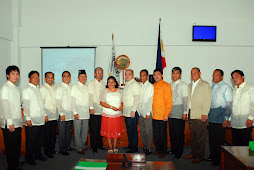


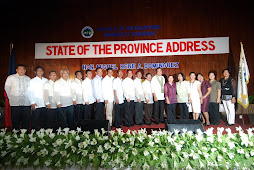
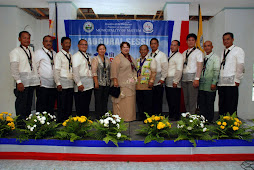
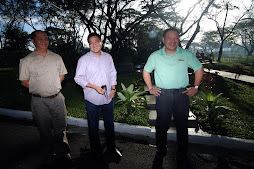



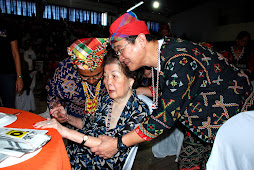


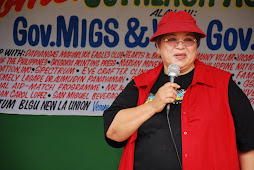

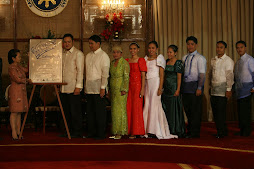
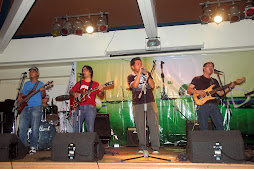




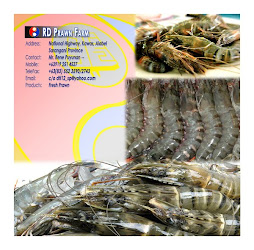




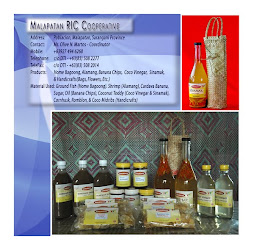

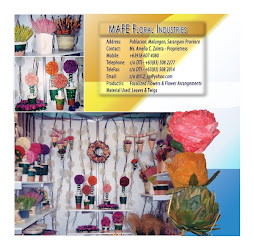
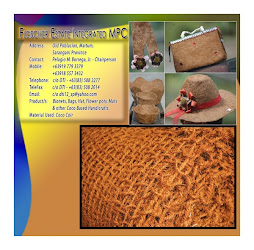
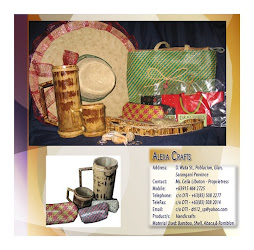
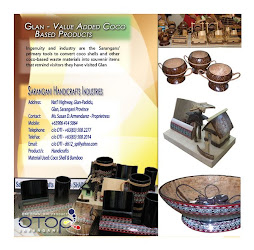

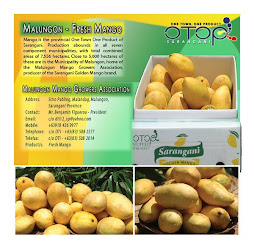
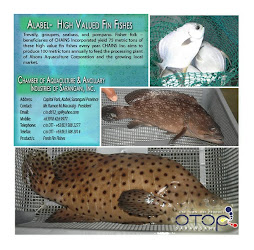
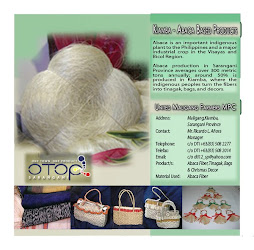

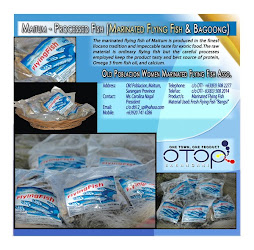

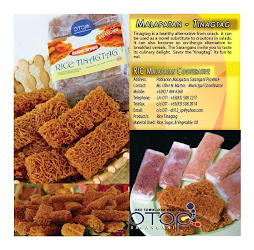

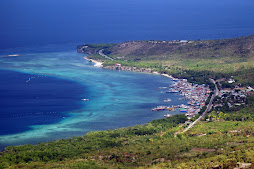
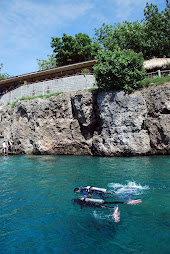



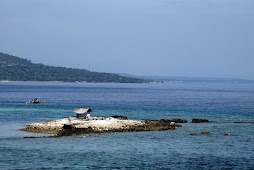
No comments:
Post a Comment